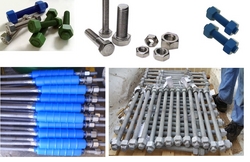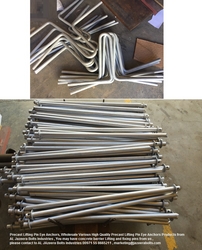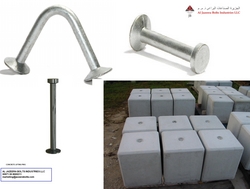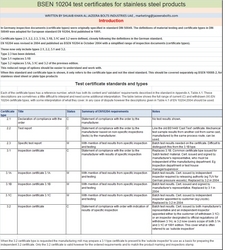
AL JAZEERA BOLTS INDUSTRIES LLC - | E-Showroom

AL JAZEERA BOLTS INDUSTRIES LLC - | E-Showroom
AL JAZEERA BOLTS INDUSTRIES LLC
SAJAA INDUSTRIAL AREA NEAR SAJ GAS PLANT SHARJAH UAE Sajaa Industrial Area Sharjah UAE Sajaa Industrial Area 3.2 Km off Gas Plant Road Sharjah
United Arab Emirates

|
About UsOman Yellow Pages Online is a Local Business to Business Directory in Oman offering business list of more than 250,000 companies. You can find Hotels in Oman , Companies in Oman , Properties in Oman , Travel info in Oman through this Site. Yellow Pages Oman Updated in 2025 Get Maximum Benefit for your Business Visit YP MarketPlaces Top Brands in Oman
Top Countries (Gulf)
Top Cities (Africa)
Top Cities (India)
Contact Oman Yellow Pages Online
Privacy Policy - Terms of Use - 2020-2025
Oman Yellow Pages Online
Copyright Notice 2020-2025 Oman Yellow Pages Online All rights reserved. Send Whats App MessageBusiness Enquiry Form
Processing...
Pay Now and Get Buyers' DetailsAmount Rs. 3500
|
|
Thanks for Reporting Error in Listing of on Oman Yellow Pages Online
Our Technical Team will review the Information and will Rectify the Error as Soon as Possible. |
| Thanks for Reply.
Oman Yellow Pages Online
Your Reply is Sent to the Buyer. |
| Thanks for Reply.
Your Reply is Sent to the Seller. |
| Ok Close |




